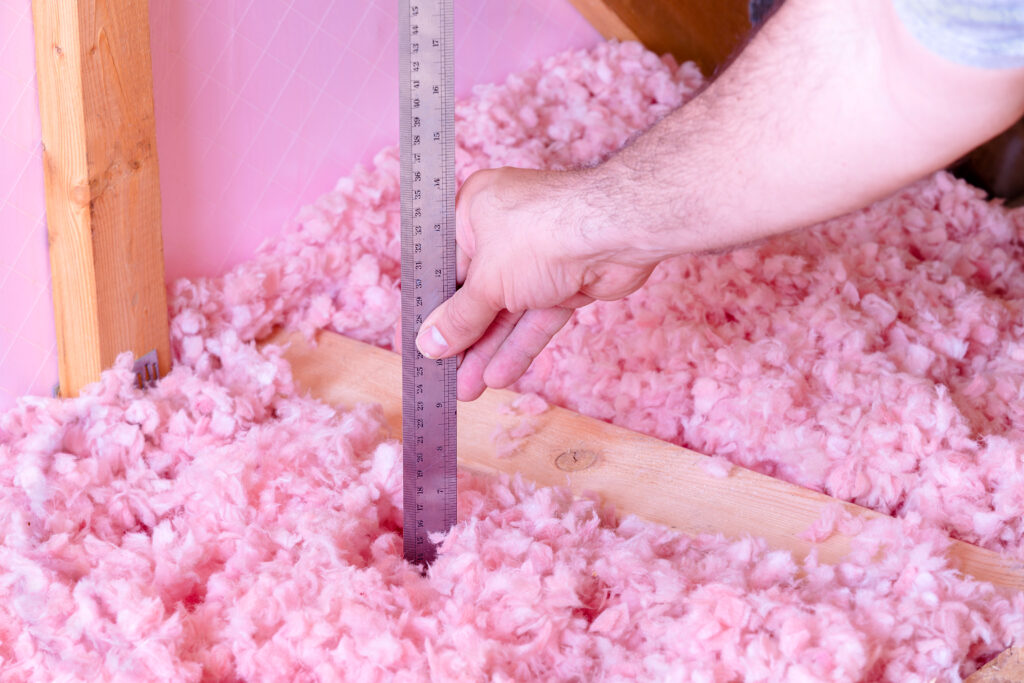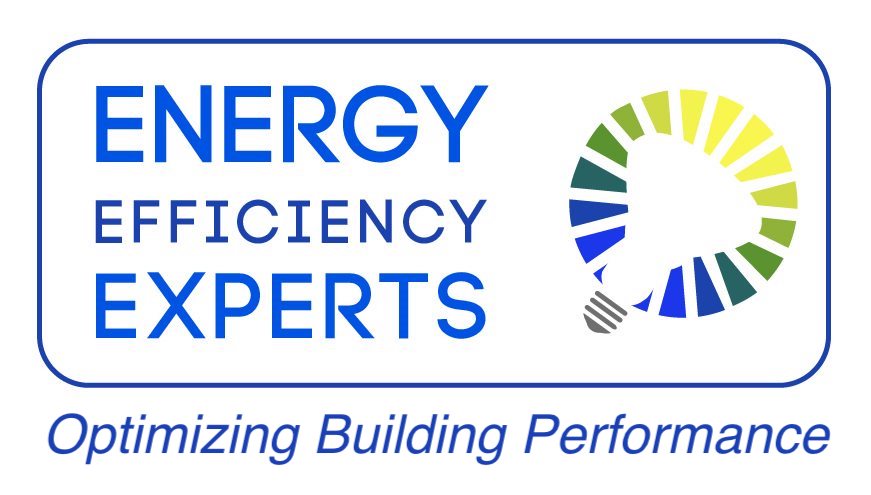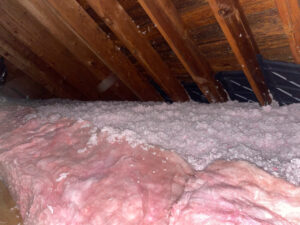To determine how much and what type of insulation your attic needs, our experts bring many factors into consideration. There is a certain middle ground to reach; too much attic insulation yields moisture trapping and mold issues, as well as a lack of airflow in the attic. Too little attic insulation results in uneven temperatures throughout the house, and soaring energy bills. This will be especially true this coming winter, as natural gas prices have increased to $5.90 per MMBtu, a 180% jump from a year ago. Prices haven’t been this high since 2014, and are widely attributed to a high demand and short supply. Improper insulation in the attic is a risk to your health, your wallet, and your comfort.
To reach just the right amount, we measure what insulation is already there and consider what climate zone we are in. The zone determines recommended R-values for the average home. An R-value is a measure of how well a piece of insulation can resist heat flow. To maintain an R-value for attic insulation, the insulation must be evenly distributed without any gaps. An imbalanced attic can be up to 25% less effective at trapping heat flow compared to a balanced attic. Here in the DMV, we are in Zone 4, with a recommended R-value in the attic to reach 49 in order to be comfortable throughout the year. Warmer regions like Florida have smaller R-value recommendations, and colder regions like Alaska recommend larger R-values up to R-60. Many states offer rebates for improving the insulation condition in your attic, and typical payback periods are only a few years.
Different insulation types have varying R-values. The most common of such is the pink insulation that looks like cotton candy, called fiberglass. Fiberglass has an R-value of 2.2-2.7 per inch, which means it would take less than two feet of height to reach R-49. Another common type of insulation used in attics is cellulose, with a higher R-value of 3.2-3.8 per inch. This insulation is made from recycled paper, and treated to be fireproof. That is not too much more than a foot of insulation height required to reach R-49. There are plenty more, each with pros and cons in cost and durability.
Once all of that is determined, our experts now have the knowledge to recommend the type and amount of insulation needed to make your home comfortable year round. Whether you have cold spots in the house, moisture issues, high bills, or just are curious about the condition of your attic, Energy Efficiency Experts is the place to call.






